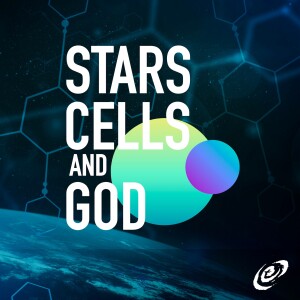
Wednesday Jul 23, 2025
Dark Photons? | AI and Emotional Intelligence
Join astrophysicists Hugh Ross and Jeff Zweerink as they discuss new discoveries with theological and philosophical implications that point to the reality of God’s existence.
The early universe may produce dark photon dark matter via inflation fluctuations, parametric resonances, or the decay of cosmic strings. The Sun’s vast plasma, extending out to Earth’s orbit, yields the best environment for detecting dark photons converting into photons. The Parker Solar Probe’s orbit (0.046–1.000 AU) and receiver (70 kHz–20 MHz) provide the most sensitive test for dark photons. Initial observations establish a dark photon constraint 20,000 times superior to the previous best from maps of the cosmic microwave background radiation.
AI that recognizes and responds properly to emotions would play a valuable role in helping us take care of others. However, this skill also comes with the danger that some people might replace important human relationships with the emotional mimicry of AI. Knowing how AI works and the limitations it faces (training data, biases in algorithms, being black boxes, etc.) can help us think properly about developing AI technology so that we can enjoy the benefits without falling prey to the perils.
LINKS AND RESOURCES:
- In Situ Measurements of Dark Photon Dark Matter Using Parker Solar Probe: Going Beyond the Radio Window
- Dark Photon Limits from Patchy Dark Screening of the Cosmic Microwave Background
- Could AI Understand Emotions Better Than We Do?
- Large Language Models are Proficient in Solving and Creating Emotional Intelligence Tests
No comments yet. Be the first to say something!